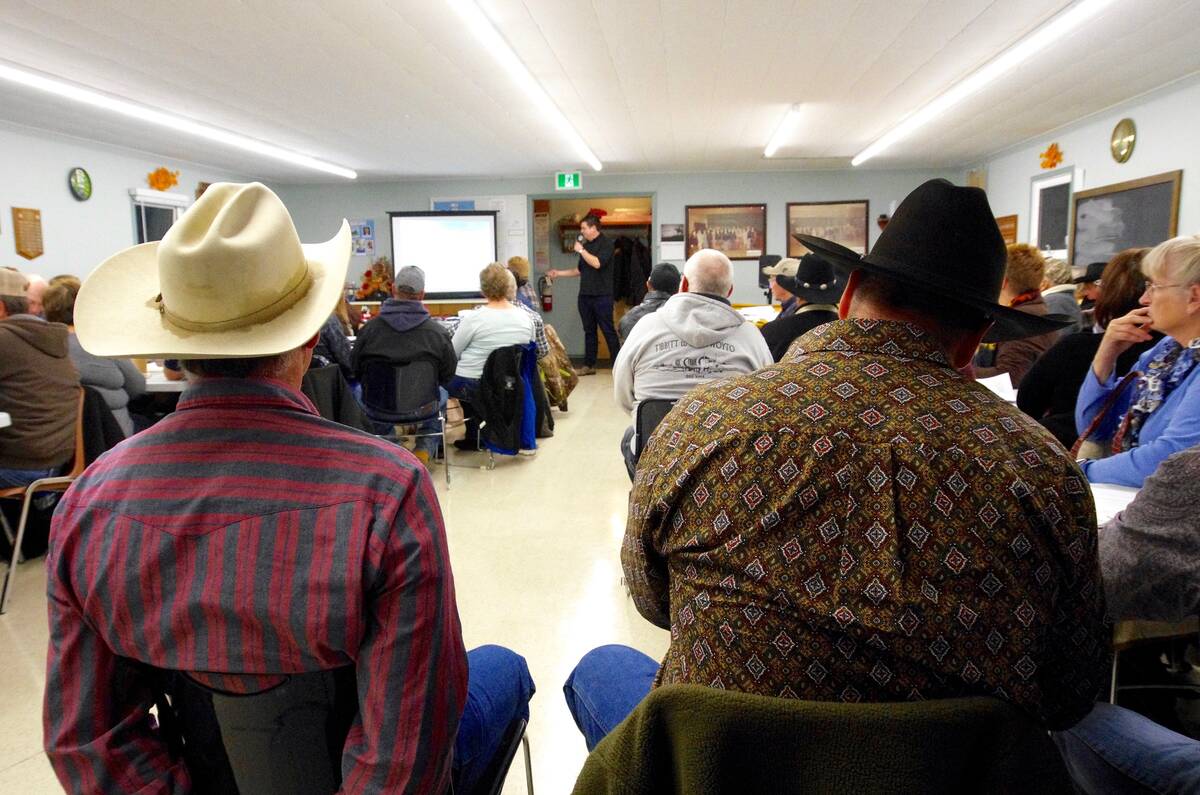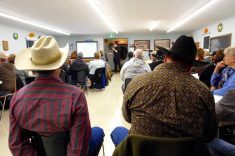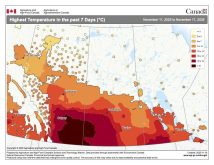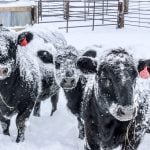When six leading industry groups in the Canadian agriculture sector stepped back from the advisory committee on the Sustainable Agriculture Strategy in Canada, it caught my attention, especially as Canada’s ESG regulations are expected to be released this year.
ESG pillars are environmental, social and governance. They are a testy threesome, and it has been tough going without clear direction within country, let alone on a global scale. Increasingly, frustrated industries and companies are either ditching or adjusting their ESG goals.
The exodus from ESG promises is reflected in the abandonment or shift in policy with such companies as Coca Cola, Unilever, Volvo, Shell, Air New Zealand, Kimberly Clark, Bank of America, Microsoft and others who are adjusting the sails in such an expensive and underdefined regulatory space. Financial institutions are walking away from the Net Zero Alliance and only 16 per cent of global companies might reach their 2050 net zero targets and no one, anywhere, has a clear mandate on what compliance would look like.
Read Also

Don’t blow off that beef producer meeting
Local veterinarians and livestock experts often speak at producer events, sharing good advice for farmers on vaccines, calving, herd management and more.
Nuffield Scholar and ESG expert Catherine Marriott traveled the world looking at ESGs in agriculture and found a profound inconsistency between countries where there were gaps in definitions, methodology, measuring and leadership. Canadian experts agree that there are a number of indices and standards that need harmonizing, and that farms and businesses are not getting the signals they need to manage risk. And those putting the pressure on do not have the aptitude to achieve the goals.
Marriott argues that it is time to slow down and think this through for agriculture: “We’ve got to pause and design ESG changes with the systems in mind. Farmers operate in a complex ecology so you can’t segregate one part, such as GHG emissions, without considering the impact and the unintended consequences that are detrimental to the farm.”
The reality is that farmers care about the three pillars but in many cases cannot afford to fully implement change. The ESG agenda is driven by the EU and California and adopted by those regions with wealth who have an expectation that all of agriculture should comply – even when the farmers within their own borders cannot afford to do so.
Food and Drink Europe estimates the global cost of implementing ESG’s in agriculture is €50 billion Euro and that the cost of doing nothing is the same. The short-term cost is borne by farmers and industry and the long-term price of doing nothing is carried by governments and community. There is an advantage to society to stay focused on the end game. The unanswered question is: just where is the starting line?
We know that sustainable practices are very regional, and each area of the country will do what is best for their environment and their community. We can decrease our sovereign risk by growing and then processing our own food. With Canada’s potential in this space, we could be writing the book as collaborators in the ESG space.
Unfortunately, those influencing or in policy often do not appreciate the value of food production and processing within our borders and even those that should, such as the Canadian Alliance for Net Zero Agri-food, are focused on Scope 3, suppliers, which translates into farmers who will bear the cost of ESG regulations. (There are no women or farmers on the executive or advisory committees in this alliance.)
Back on the farm, Marriott encourages producers to understand their market. She advises farmers to know what is important to their investors and financial institutions but most important is to appreciate what matters to their own business, family and community. Between stakeholders there is certain to be some commonality and that is the starting point. On the farm, begin at the point of practicality.
Marriott’s research found that farmers are doing what they are able with the resources at hand. But like carbon credits, it is the wild west in terms of establishing value, and there are strong societal expectations that may not always be realistic.
She says: “We sit here with a wet throat, full gut and money in our wallet thinking that people should be doing better. The inconvenient truth is that we’ve got supply chains that need to be filled, people in factories that need to work and supermarket shelves that need filling.”
It is time to stop and think this through. We are on track to tackle the data disparity through the Centre for Agri-Food Benchmarking which also wisely considers economics as a fourth pillar. This will pave the way to set targets and achieve goals that are practical, measurable and cost-effective in Canada. It could result in a point of product differentiation, although there is no system in place to value, reward or market differentiated product. And that is a key point.
In addition, the reporting standards are still driven by the International Financial Reporting Standards Foundation with a board comprised primarily of global financial institutions. We must question if governments, global banks and mega food retailers should drive our local, regional and national agricultural ESG agenda in the absence of a functioning system and standardization at a time when participation is wavering.
Without a system in place, the unintended consequence that Marriott refers to could be the exodus of independent farms in food production.
















